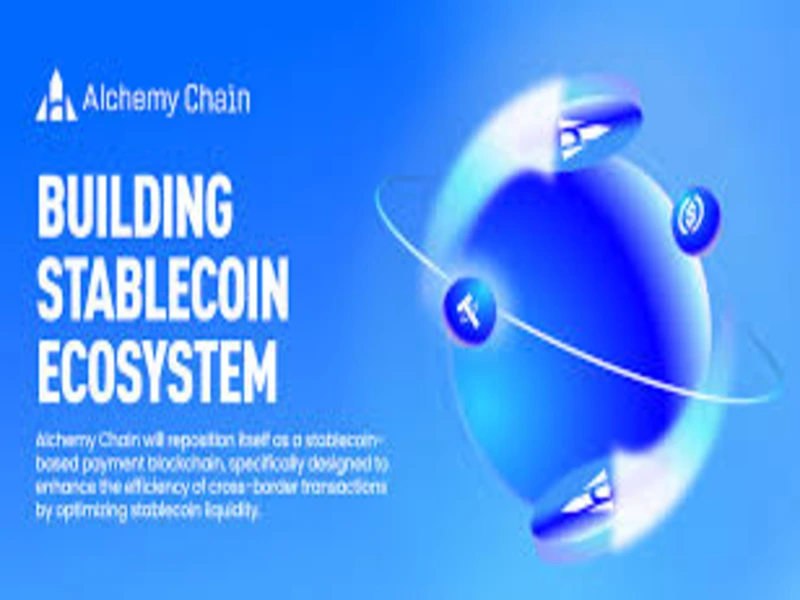- Alchemy Pay CEO says stablecoins are the natural choice for online payments due to their speed and low cost.
- Report suggests stablecoins could overtake traditional finance rails as the internet’s main settlement layer.
What happened: Stablecoins gain traction as internet-native payment rails
Alchemy Pay, a Singapore-based crypto payments firm, says stablecoins are on track to become the internet’s default settlement layer. In an interview with Cointelegraph, CEO John Tan argued that traditional banking systems and card networks are inefficient for modern digital commerce. He said stablecoins, such as USDT and USDC, offer fast, low-fee transactions and global accessibility, making them more suitable for online payments.
Tan explained that Alchemy Pay’s integration of stablecoins into its fiat-crypto gateway has already enabled cheaper cross-border transactions for users in regions like Southeast Asia, Latin America, and Africa. These areas often face high remittance fees and limited banking access. The company supports both on-chain and off-chain settlements and works with platforms like Binance Pay and Mastercard.
According to Tan, their fiat ramps are licensed in multiple countries, including the UK, Indonesia, and Lithuania. This regulatory compliance helps the company bridge fiat and crypto in a way that is legal and scalable.
Also read: JD Vance asserts stablecoins enhance, not threaten, the dollar
Also read: Hong Kong passes Stablecoins Bill to regulate digital asset issuerse’
Why it’s important
Stablecoins, pegged to fiat currencies, combine the value stability of traditional money with blockchain’s speed and global access. This makes them a compelling alternative to legacy systems like SWIFT or credit card networks. As noted by the Bank for International Settlements (BIS), nearly 80% of central banks are exploring digital currencies, and some may support stablecoin infrastructure in future policy frameworks.
The shift to stablecoin payments could also reduce costs for online businesses. Payment processors and card networks often charge 2–3% per transaction, whereas stablecoin fees are usually under a few cents. This difference has big implications for profit margins, especially for global e-commerce.
However, concerns remain. Regulatory bodies like the US SEC have expressed uncertainty over stablecoin risks, especially regarding transparency and reserves. Yet, firms like Circle, which issues USDC, have begun publishing regular audit reports to improve trust.
If the trend continues, stablecoins could reshape how value moves across the internet—faster, cheaper, and beyond borders.

